Filter by
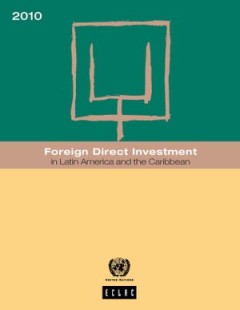
Foreign Direct Investment in Latin America and the Caribbean 2010
In 2010 the Latin American and Caribbean region showed great resilience to the international financial crisis and became the world region with the fastest-growing flows of both inward and outward foreign direct investment (FDI). FDI inflows were up by 40% with respect to 2009 and stood at a total of USUS$ 113 billion. Outflows increased almost fourfold to reach an all-time high of USUS$ 43 bill…
- Edition
- -
- ISBN/ISSN
- 9789211217599
- Collation
- -
- Series Title
- -
- Call Number
- 650
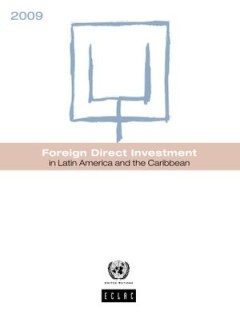
Foreign Direct Investment in Latin America and the Caribbean 2009
In 2009, the global economy experienced the fallout from the worst economic crisis since the Great Depression of the 1930s. Given the decline in output and in international trade in the world's largest economies, sharply lower foreign direct investment (FDI) flows were to be expected, as was the subsequent toll on the installation of new production capacity and on the technological modernizatio…
- Edition
- -
- ISBN/ISSN
- 9789211217384
- Collation
- -
- Series Title
- -
- Call Number
- 650
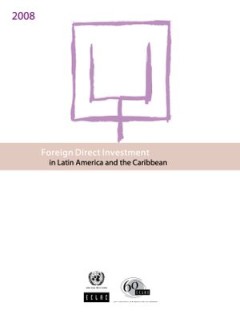
Foreign Direct Investment in Latin America and the Caribbean 2008
In 2008, inward foreign direct investment (FDI) in Latin America and the Caribbean rose to a new record high despite slowing with respect to the previous year, and the region's outward foreign direct investment (OFDI) reached its second highest level ever. Considering the economic and financial turmoil of the times, these results are surprisingly positive, but caution needs to be exercised in t…
- Edition
- -
- ISBN/ISSN
- 9789211217025
- Collation
- -
- Series Title
- -
- Call Number
- 650

Foreign Direct Investment in Latin America and the Caribbean 2007
Latin America and the Caribbean received record levels of foreign direct investment (FDI) in 2007, with inflows surpassing the US$ 100 billion mark for the first time ever. This development is all the more significant because the previous record was set in 1999 in the context of one-off privatizations. The upsurge in investment was fuelled mainly by market-seeking transnational corporations (TN…
- Edition
- -
- ISBN/ISSN
- 9789211216684
- Collation
- -
- Series Title
- -
- Call Number
- 650
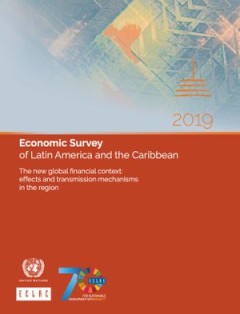
Economic Survey of Latin America and the Caribbean 2019 : The new global fi…
The 2019 edition of the Economic Survey of Latin America and the Caribbean consists of three parts. Part I outlines the region’s economic performance in 2018 and analyses trends in the early months of 2019, as well as the outlook for the rest of the year. It examines the external and domestic factors that have influenced the region’s economic performance, analyses the characteristics of eco…
- Edition
- -
- ISBN/ISSN
- 9789211220209
- Collation
- -
- Series Title
- -
- Call Number
- 650
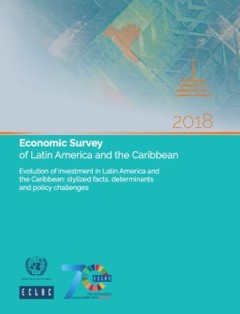
Economic Survey of Latin America and the Caribbean 2018 : Evolution of invest…
The 2018 edition of the Economic Survey of Latin America and the Caribbean, its seventieth issue, consists of three parts. Part I outlines the region’s economic performance in 2017 and analyses trends in the early months of 2018, as well as the outlook for the rest of the year. It examines the external and domestic factors that have influenced the region’s economic performance, analyses the…
- Edition
- -
- ISBN/ISSN
- 9789211219975
- Collation
- -
- Series Title
- -
- Call Number
- 650
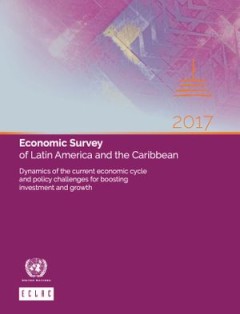
Economic Survey of Latin America and the Caribbean 2017 Dynamics of the curr…
The 2017 edition of the Economic Survey of Latin America and the Caribbean consists of three parts. Part I outlines the region’s economic performance in 2016 and analyses trends in the early months of 2017, as well as the outlook for the rest of the year. It examines the external and domestic factors that have influenced the region’s economic performance and draws attention to some of the m…
- Edition
- -
- ISBN/ISSN
- 9789211219609
- Collation
- -
- Series Title
- -
- Call Number
- 650
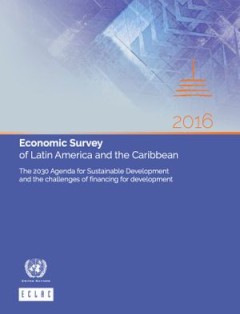
Economic Survey of Latin America and the Caribbean 2016 : The 2030 Agenda for…
This, the sixty-eighth edition of the Economic Survey of Latin America and the Caribbean, which corresponds to the year 2016, consists of three parts. Part I outlines the region’s economic performance in 2015 and analyses trends in the first half of 2016, as well as the outlook for the rest of the year. It examines the external and internal factors influencing the region’s economic performa…
- Edition
- -
- ISBN/ISSN
- 9789211219197
- Collation
- -
- Series Title
- -
- Call Number
- 650
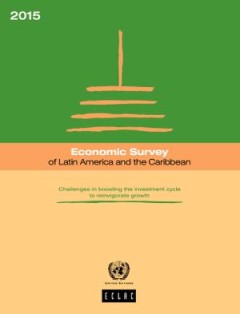
Economic Survey of Latin America and the Caribbean 2015 : Challenges in boost…
The 2015 edition of the Economic Survey of Latin America and the Caribbean consists of three parts. Part I outlines the region’s economic performance in 2014 and analyses trends in the first half of 2015, as well as the outlook for the rest of the year. Part II analyses the dynamics of investment in Latin America and the Caribbean, the relationship between investment and the business cycle, t…
- Edition
- -
- ISBN/ISSN
- 9789211218954
- Collation
- -
- Series Title
- -
- Call Number
- 650
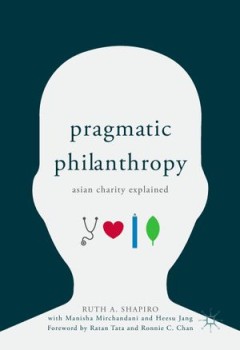
Pragmatic Philanthropy: Asian Charity Explained
Asian Philanthropy and Charitable Organizations; Social Investment in Asia; Social Delivery Organizations; Relationships and Philanthropy in Asia; Ultra-high Net-worth Individuals in Asia; How Social Investment Works in Asia; Impact of Charitable Giving in Asia; Relationship with Elites and Social Investment in Asia
- Edition
- -
- ISBN/ISSN
- 9789811071188
- Collation
- -
- Series Title
- -
- Call Number
- 950 SHA p
 Computer Science, Information & General Works
Computer Science, Information & General Works  Philosophy & Psychology
Philosophy & Psychology  Religion
Religion  Social Sciences
Social Sciences  Language
Language  Pure Science
Pure Science  Applied Sciences
Applied Sciences  Art & Recreation
Art & Recreation  Literature
Literature  History & Geography
History & Geography